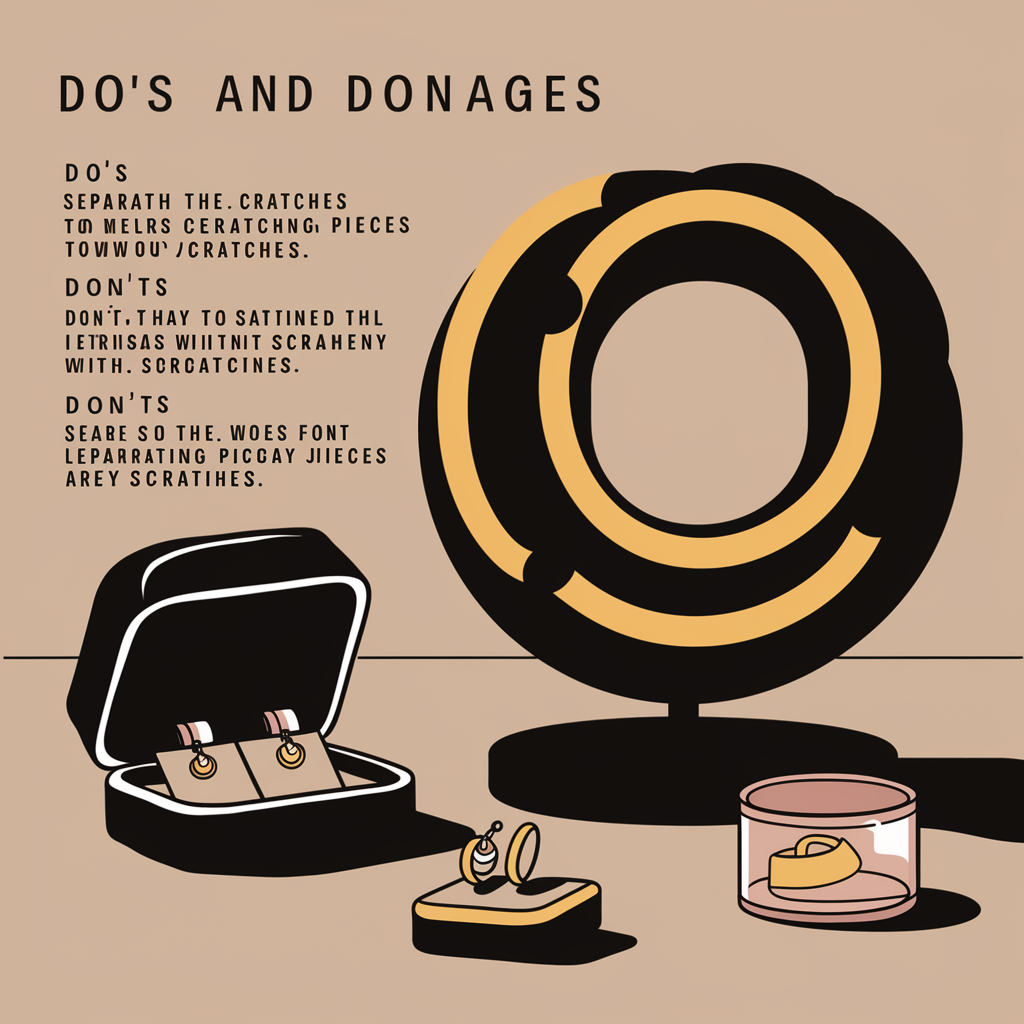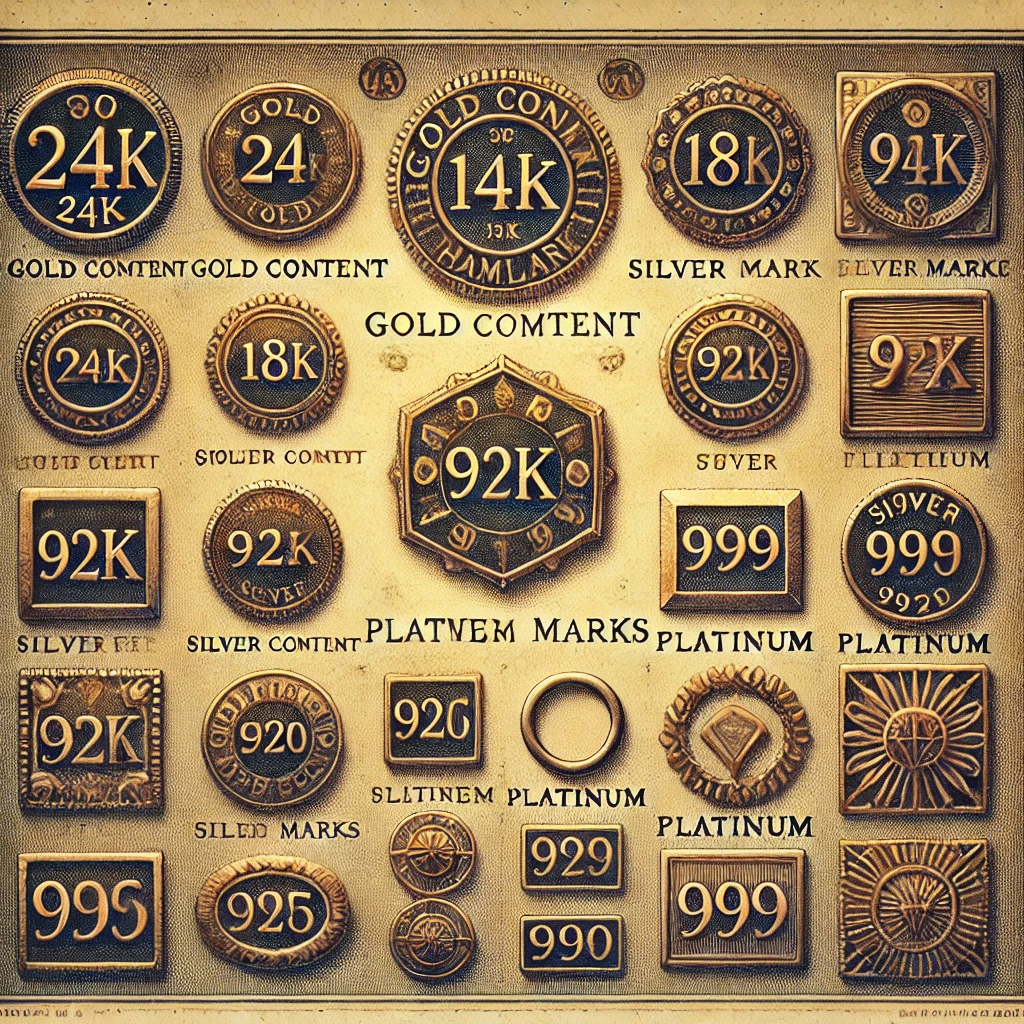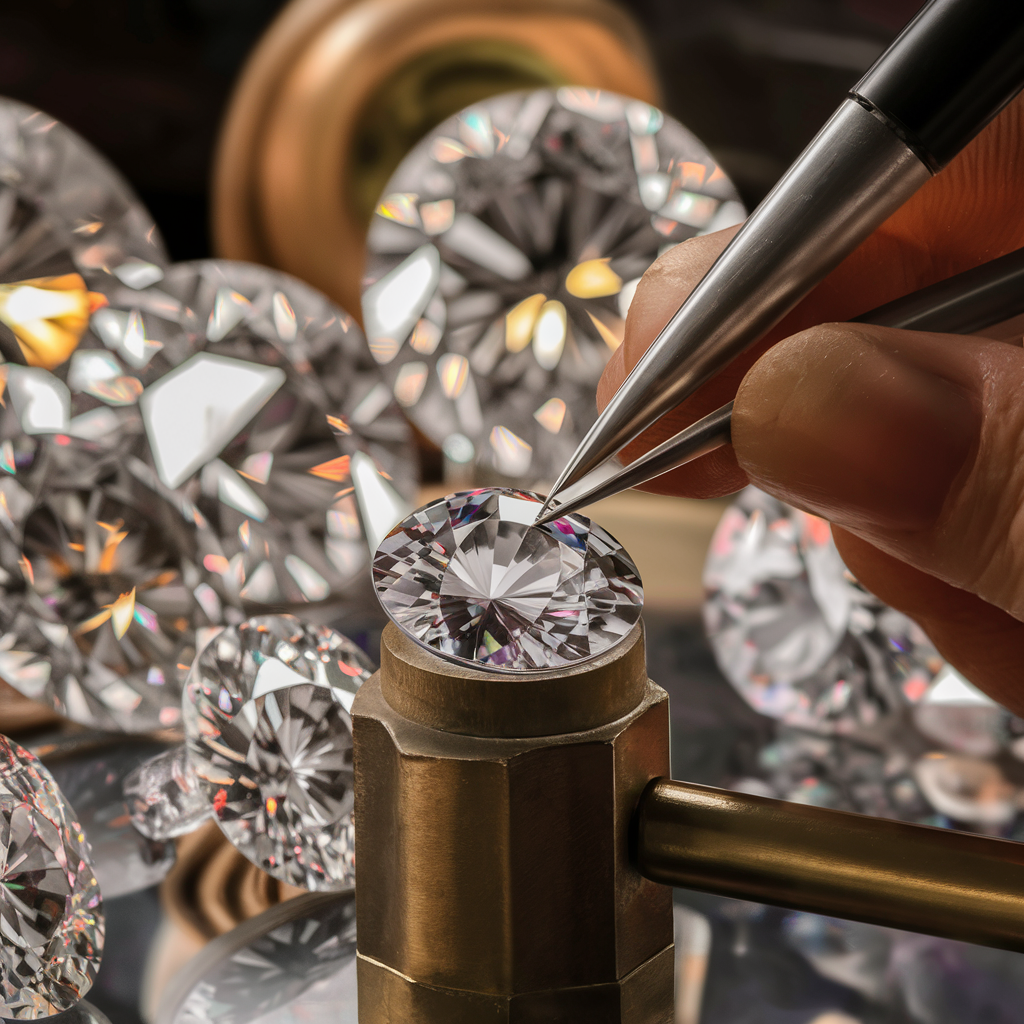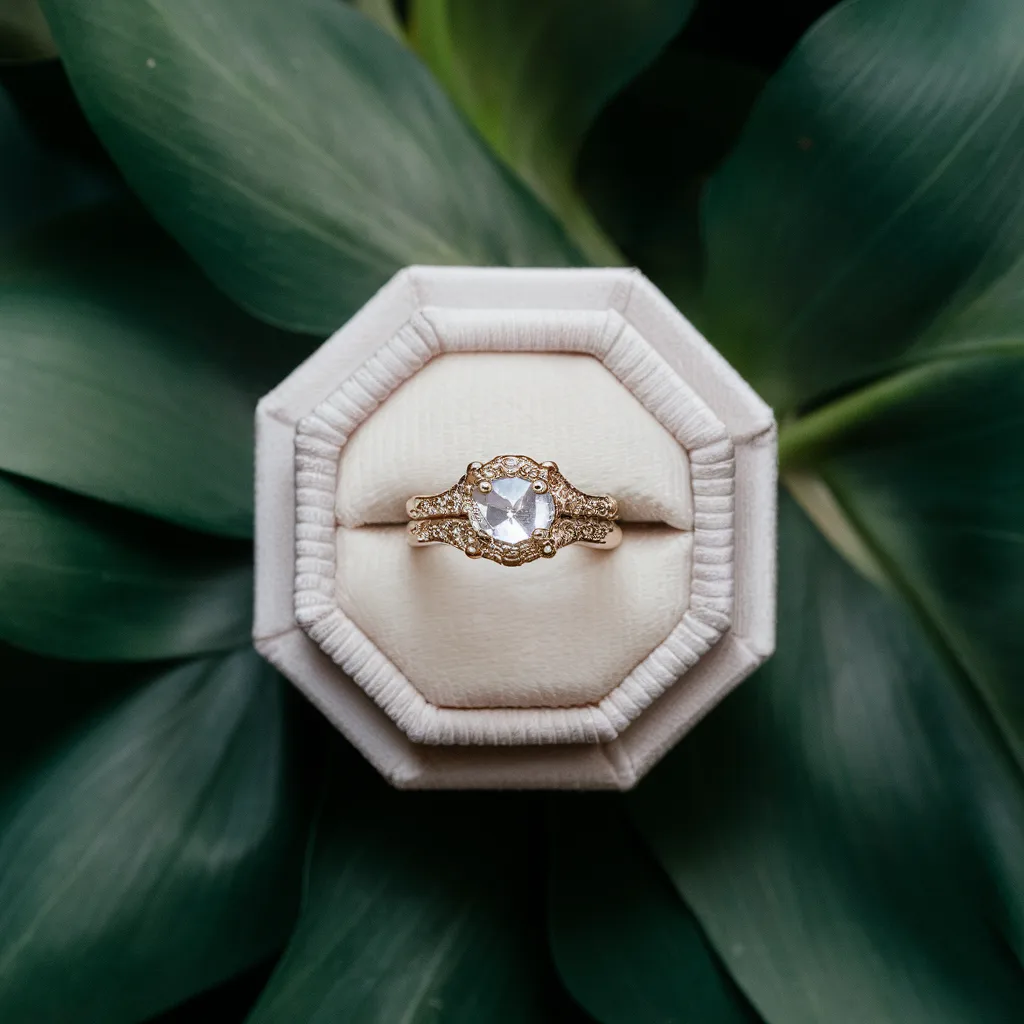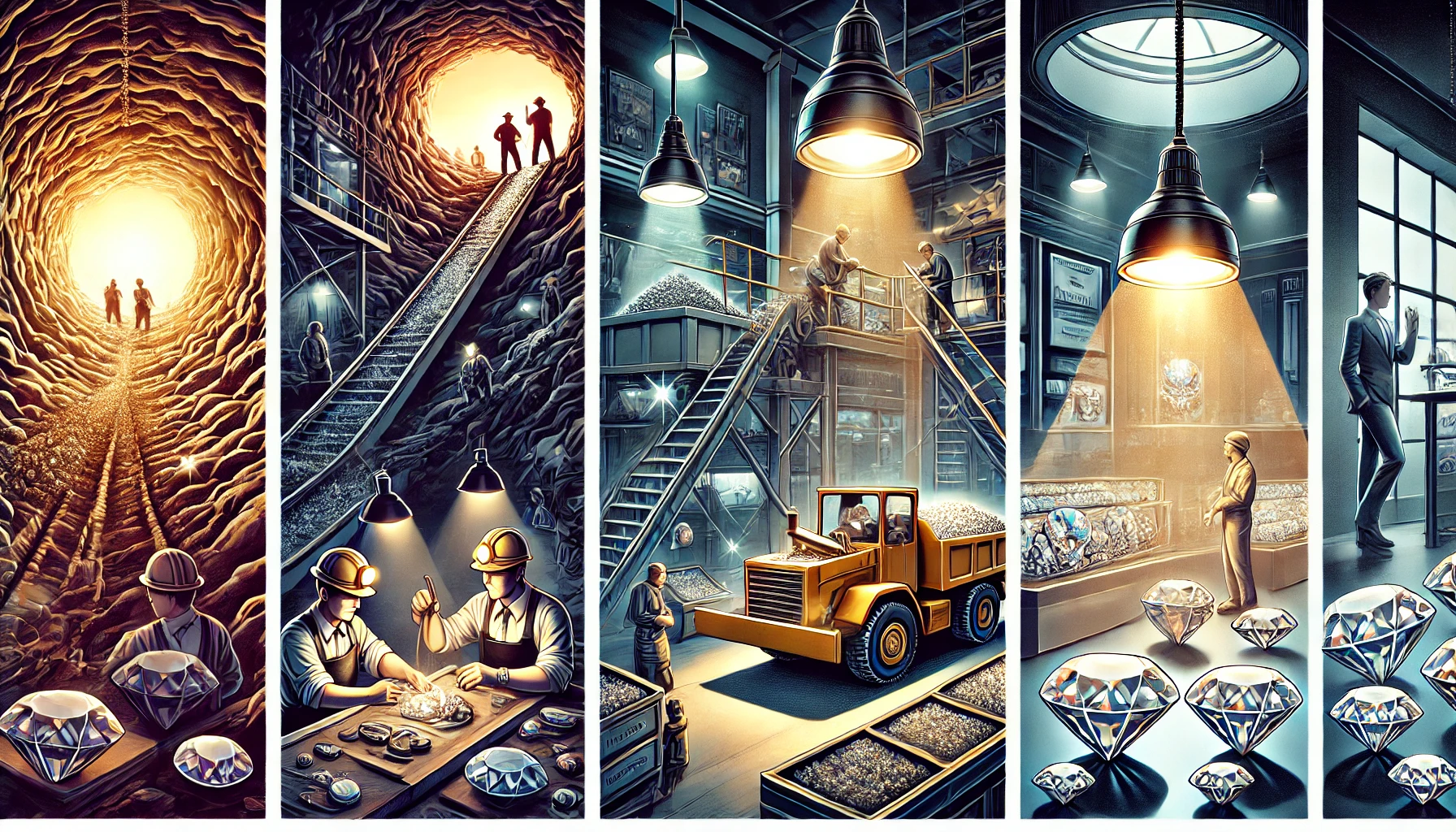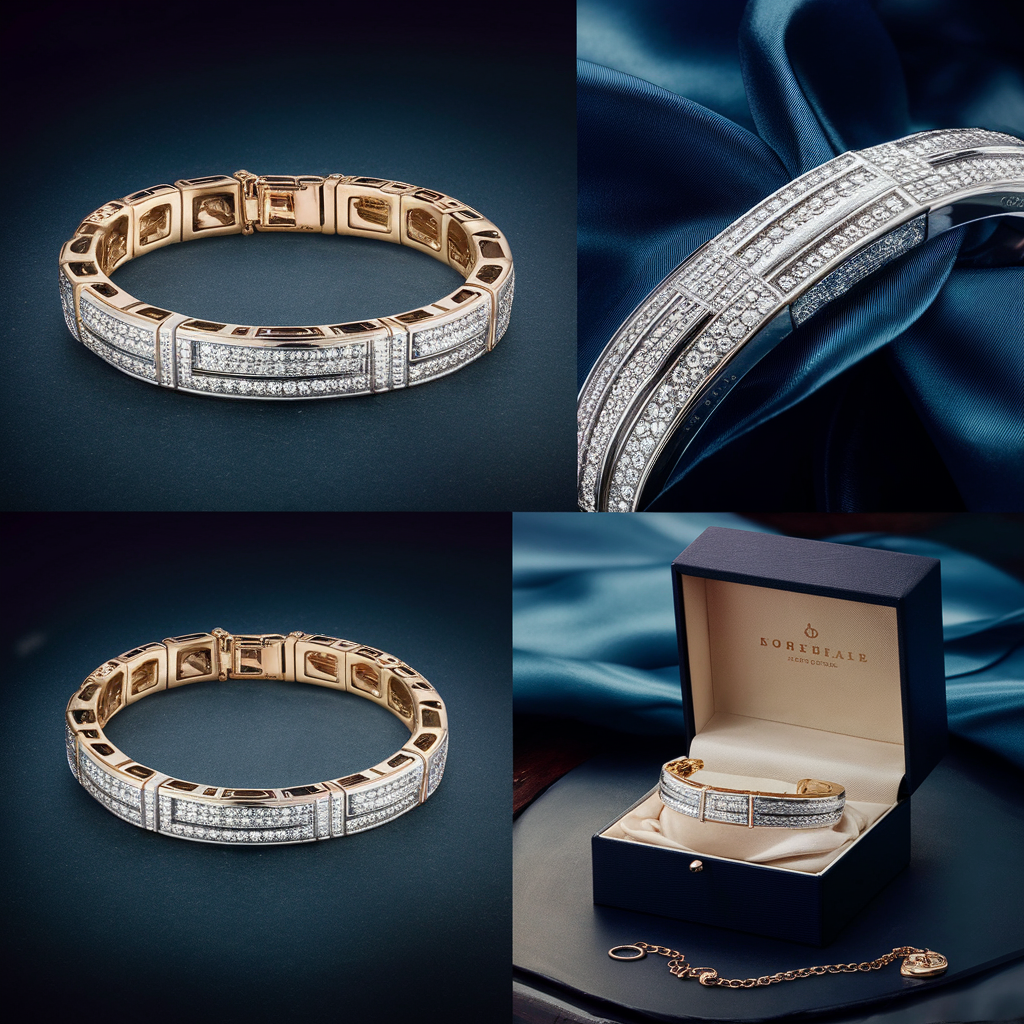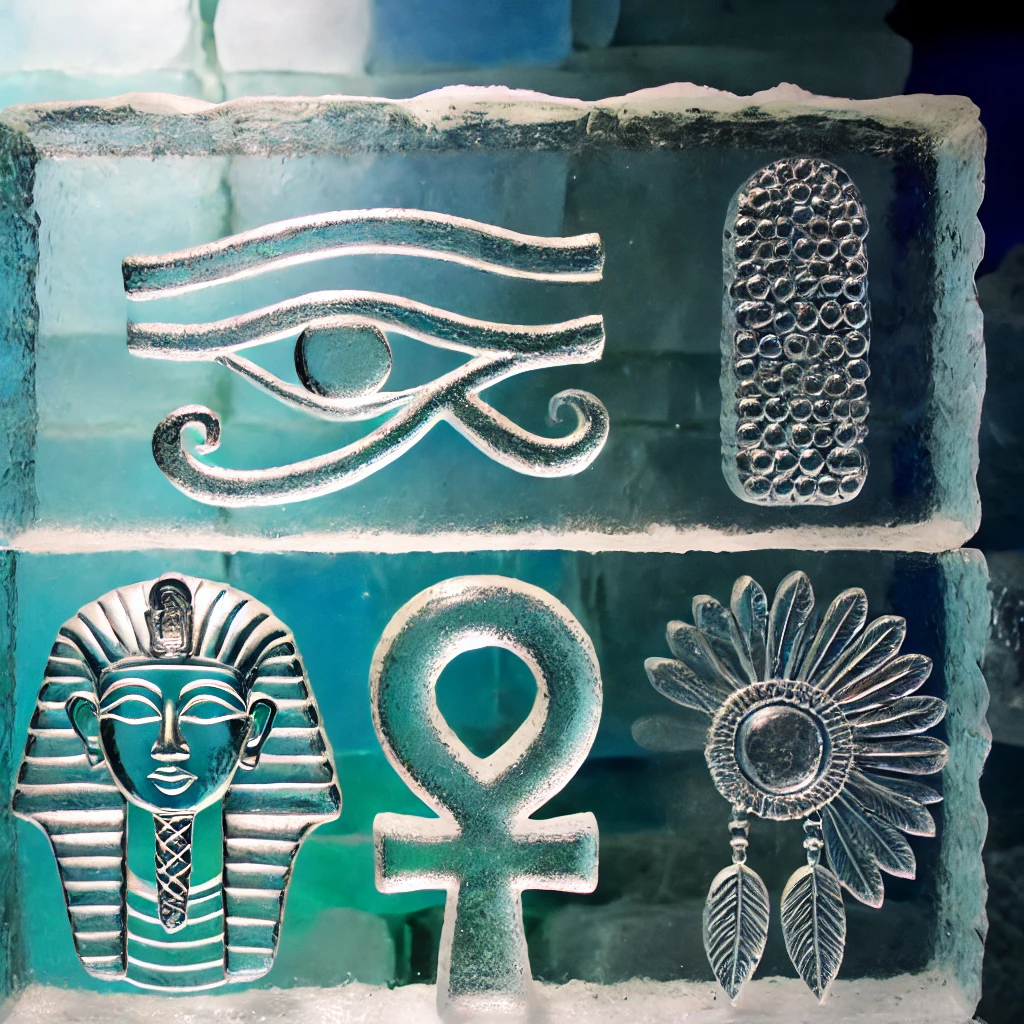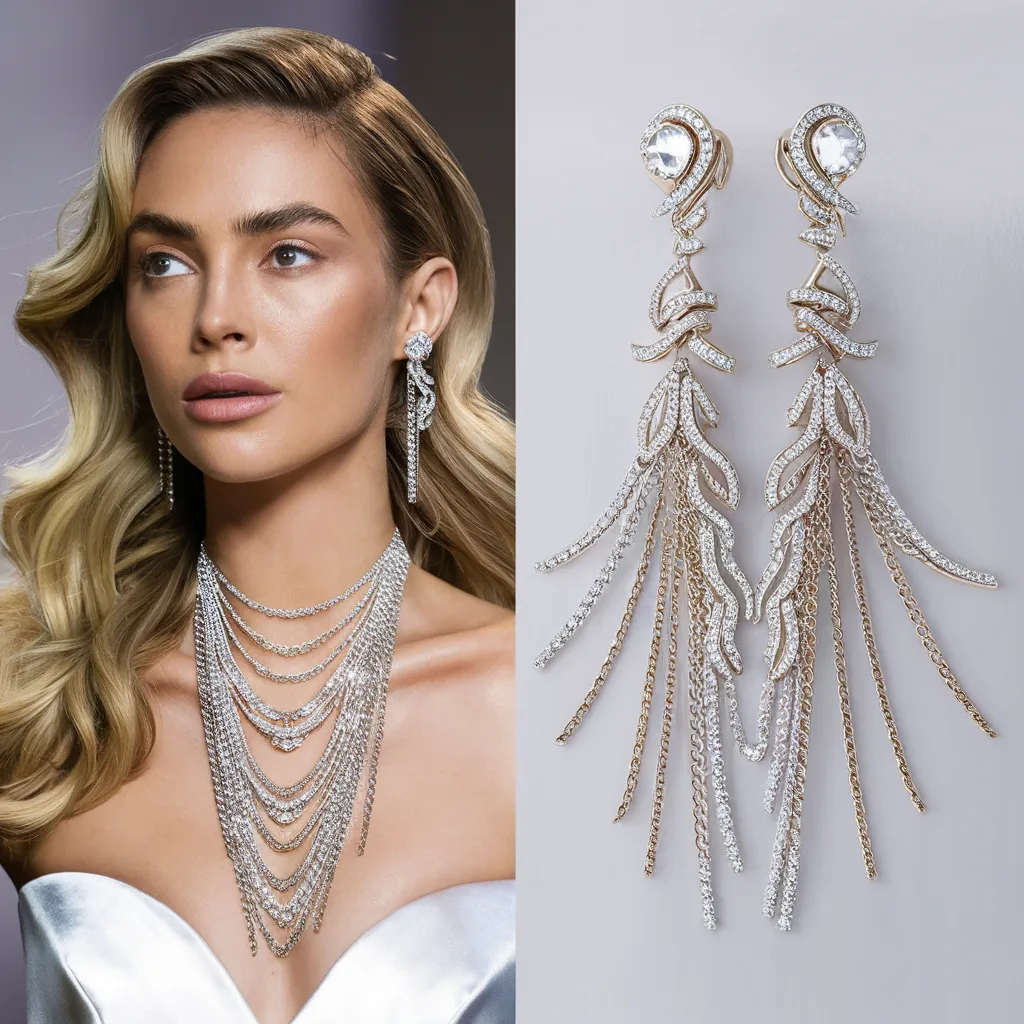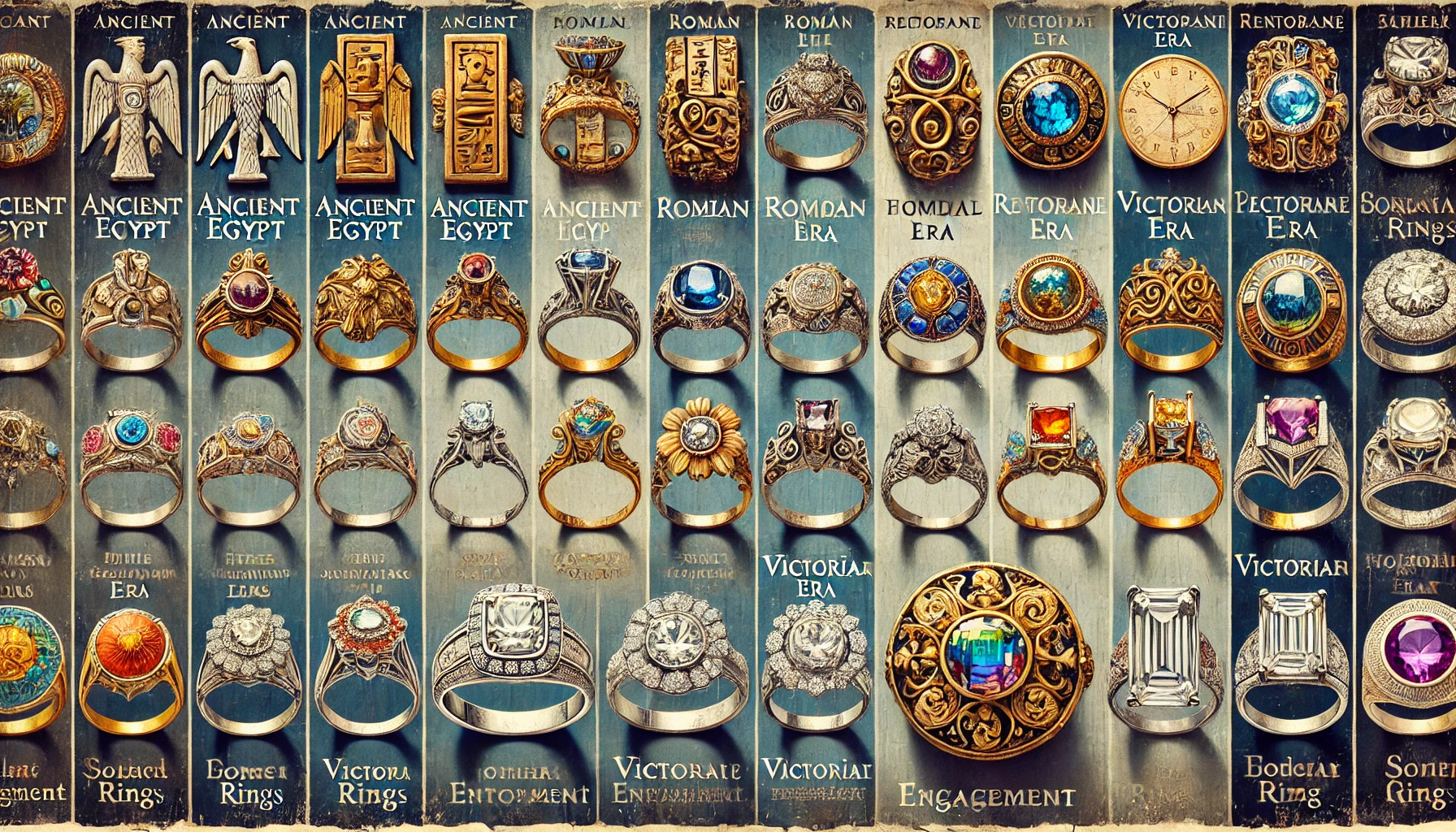
The Fascinating History of Engagement Rings Through the Ages
Introduction
Engagement rings are universally recognized as symbols of love and commitment. These rings have a rich history that reflects societal changes, cultural influences, and technological advancements. From ancient Egypt to the present day, the journey of engagement rings is as fascinating as the love stories they represent.
Ancient Egypt
In ancient Egypt, rings were used as symbols of eternity, with their circular shape representing a bond with no end. These rings were often made of braided reeds or leather and worn on the fourth finger of the left hand, believed to be connected directly to the heart by the "vena amoris," or vein of love.
Ancient Rome
The tradition of engagement rings continued in ancient Rome, where iron rings were commonly used in betrothal ceremonies. These rings symbolized strength and permanence. Over time, gold rings became popular among the wealthy, signifying not only love but also the status and wealth of the wearer.
Middle Ages
During the Middle Ages, gemstone rings became fashionable. Diamonds, believed to possess magical qualities, were particularly prized. The posy ring, engraved with romantic verses, also became popular, serving as both an engagement and wedding ring.
Renaissance Era
The Renaissance era saw an increase in the use of diamonds in engagement rings, influenced by the period's artistic and cultural flourishing. Diamond cutting techniques improved, allowing for more intricate and beautiful designs that showcased the gem's brilliance.
The Victorian Era
The Victorian era, named after Queen Victoria, was a time of romanticism and elaborate designs. Engagement rings from this period often featured colorful gemstones such as sapphires, emeralds, and rubies, set in intricate gold settings. Sentimental motifs like hearts, flowers, and birds were also common.
The Edwardian Era
The Edwardian era introduced the use of platinum in engagement rings, prized for its strength and ability to hold intricate filigree designs. Rings from this period often featured lace-like patterns and were adorned with diamonds and other gemstones.
The Art Deco Period
The Art Deco period, spanning the 1920s and 1930s, was marked by bold, geometric designs. Engagement rings from this era often featured sharp angles, symmetrical patterns, and contrasting colors, reflecting the influence of modernism and the Roaring Twenties.
Mid-20th Century
The mid-20th century saw significant changes in engagement ring trends, influenced by World War II. The diamond solitaire, popularized by Hollywood glamour and the De Beers marketing campaign, became the quintessential engagement ring style.
The De Beers Campaign
In the 1940s, De Beers launched the "A Diamond is Forever" campaign, revolutionizing the engagement ring market. This campaign promoted diamonds as the ultimate symbol of eternal love, leading to a surge in diamond ring sales and solidifying their place in modern engagements.
Late 20th Century
In the latter half of the 20th century, there was a shift towards alternative gemstones and personalized designs. Couples began to seek unique rings that reflected their individual tastes and values, leading to a diverse range of styles and materials.
21st Century Trends
In the 21st century, trends in engagement rings have evolved to include sustainable and ethical sourcing of materials. Lab-grown diamonds and recycled metals have become popular choices. Additionally, the influence of celebrity engagements has led to a rise in custom-designed rings that are both unique and meaningful.
Cultural Variations
Engagement ring traditions vary significantly around the world. In some cultures, different materials and designs hold special significance. For example, in India, ornate gold rings with intricate designs are traditional, while in Scandinavian countries, simple gold bands are more common.
Technological Advances
Advances in technology have revolutionized ring design and production. Computer-aided design (CAD) allows for precise and intricate creations, while 3D printing offers innovative ways to craft unique pieces. These technologies are shaping the future of engagement rings, allowing for greater customization and creativity.
Conclusion
The history of engagement rings is a testament to their enduring significance as symbols of love and commitment. From ancient times to the present day, these rings have evolved in design and meaning, reflecting the changing values and aspirations of societies around the world. As we look to the future, engagement rings will continue to adapt, embodying the timeless tradition of love in ever-new and exciting ways.

